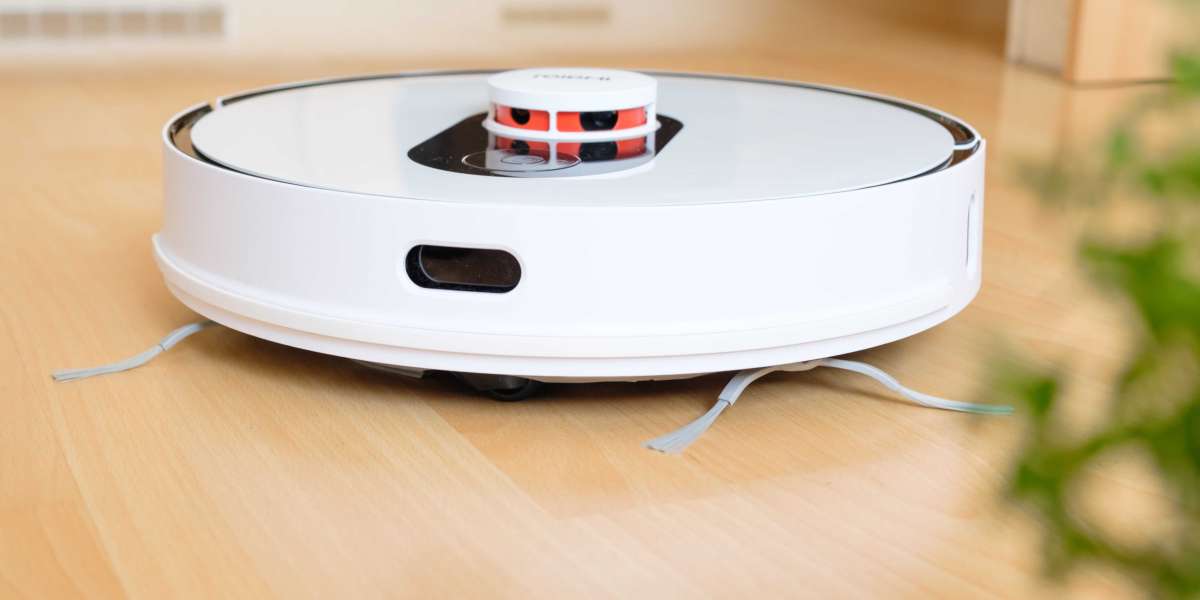Shipping terminology can often be confusing, especially for businesses involved in international trade. Terms like DAP, DDP, and DAT are commonly used in the world of shipping and logistics, yet they have distinct meanings that are crucial to understand for both sellers and buyers. These terms relate to the delivery responsibilities, cost structure, and risks associated with international shipping. In this article, we will explore the difference between DAP, DDP, and DAT in shipping, with a specific focus on how they apply to aviation imports and worldwide airplane hardware imports.
Understanding DAP, DDP, and DAT
DAP (Delivered at Place), DDP (Delivered Duty Paid), and DAT (Delivered at Terminal) are Incoterms (International Commercial Terms), standardized terms used in global shipping. These terms define the roles and responsibilities of both buyers and sellers in international transactions, particularly when it comes to shipping costs, insurance, and customs duties.
DAP (Delivered at Place): Under DAP, the seller is responsible for delivering the goods to a specified destination. This includes transportation costs, insurance, and handling up until the point of delivery. However, the buyer is responsible for paying any import duties, taxes, and customs clearance fees. The key feature of DAP is that the seller assumes the risk and cost of transportation, but not the final customs duties.
DDP (Delivered Duty Paid): The most buyer-friendly Incoterm is DDP, where the seller assumes full responsibility. The seller not only handles shipping but also pays for any import duties, taxes, and customs clearance fees at the destination. DDP delivery service simplifies the process for the buyer, as they only need to wait for their goods to arrive without dealing with complex customs processes. The seller covers all the costs and risks, making this a comprehensive service for international trade.
DAT (Delivered at Terminal): With DAT, the seller delivers the goods to a terminal or port in the buyer’s country. The seller is responsible for all costs until the goods reach the terminal. However, the buyer takes over from that point, covering any subsequent charges, including import duties and transportation to the final destination. DAT differs from DAP in that it involves a specific delivery point, usually a port or terminal, while DAP can refer to a broader destination, including a business address or warehouse.
The Role of Aviation Imports and Worldwide Airplane Hardware Imports
For businesses involved in aviation imports or worldwide airplane hardware imports, understanding the differences between DAP, DDP, and DAT is vital. The complexity of shipping aviation parts, such as aircraft engines, avionics, and other specialized components, requires clarity on the cost structure and delivery terms. In this case, the choice between DAP, DDP, and DAT can have significant implications.
When dealing with aviation imports, a DDP service in the United States would be particularly beneficial for businesses that wish to avoid navigating the complexities of U.S. customs and import duties. With DDP delivery service, the seller ensures that all customs duties and taxes are paid, allowing the buyer to receive their goods without any surprises at the border. This can streamline the import process, making it ideal for parts critical to the aviation industry.
On the other hand, DAP might be chosen by sellers who want to limit their responsibility after the goods are delivered to a particular location. In the case of worldwide airplane hardware imports, the buyer may prefer to handle customs clearance, as they may have established relationships with local customs brokers or have specific requirements regarding duty payments. This is where DAP can work well, as it gives more control to the buyer, especially in countries with complex or high import duties.
The Importance of DDP Service in the United States
One of the most common destinations for global imports, including aviation imports, is the United States. DDP service in the United States is highly advantageous because it simplifies the process for the buyer. Since the U.S. imposes strict regulations and high tariffs on certain goods, especially aerospace parts, DDP delivery service allows the seller to manage these complexities on behalf of the buyer.
Using DDP means that the seller will arrange for all shipping, customs clearance, and payment of duties in the United States. The buyer only needs to receive the goods, which is ideal for companies that do not have a dedicated import department or do not want to invest in understanding the nuances of U.S. customs regulations. It also helps mitigate the risk of unexpected charges upon arrival, providing peace of mind to the buyer.
The Delivery Duty Paid Service Advantage
For any business involved in worldwide airplane hardware imports, the Delivery Duty Paid Service is an option that makes shipping straightforward. The Delivery Duty Paid model is all about reducing risk and making sure the goods are delivered to the buyer's doorstep with all associated costs paid in advance. When using DDP, businesses can expect to avoid unexpected delays or additional costs upon arrival, a major advantage when dealing with highly regulated products like aircraft parts.
In many cases, the complexity of shipping aviation imports can make businesses hesitant about the prospect of hidden fees or unexpected delays. By using DDP, businesses can manage their cash flow more effectively because they will know the total cost of the import upfront. Whether it’s a simple DDP delivery service or a more complex one involving specialized parts, this service is a win-win for both sellers and buyers in the aviation industry.
The Import Challenge for Clinical Gadgets
Beyond aviation, import challenges for clinical gadgets are becoming increasingly common. These gadgets, such as diagnostic equipment, medical devices, and other critical clinical tools, often face stringent regulations regarding safety and importation. The import of clinical gadgets shares some of the same complexities as aviation imports in terms of customs, certifications, and import duties. Understanding Incoterms like DAP, DDP, and DAT is essential for any business dealing with these products.
For instance, a company importing clinical gadgets into the United States under DDP service would have to deal with the U.S. Food and Drug Administration (FDA) requirements and other regulatory bodies. The DDP delivery service ensures that all paperwork is handled by the seller, preventing any delays at customs. This approach is particularly useful for businesses looking to avoid disruptions when importing medical or clinical products that require special handling or certification.
Summary: Key Differences in Shipping Terms
In conclusion, when shipping goods internationally, understanding the difference between DAP, DDP, and DAT in shipping is crucial to streamline the import process and reduce risks. While DAP gives more responsibility to the buyer, DDP offers the most convenience, with the seller handling all shipping, customs duties, and taxes. DAT is somewhere in between, as the seller delivers to a terminal and the buyer is responsible for further transportation and customs.
For industries dealing with aviation imports, worldwide airplane hardware imports, or even more specialized imports like clinical gadgets, choosing the right Incoterm can make or break the shipping process. Whether opting for DDP service in the United States or utilizing DDP delivery service for international shipments, selecting the appropriate Incoterm ensures that both sellers and buyers are clear on their responsibilities, allowing for smooth international trade and timely delivery.
When considering Delivery Duty Paid service, it's important to note how this option can simplify import challenges, particularly in industries where regulations are strict, and delays can be costly. By understanding these terms and applying them strategically, businesses can navigate the complexities of international shipping with greater confidence and efficiency.







